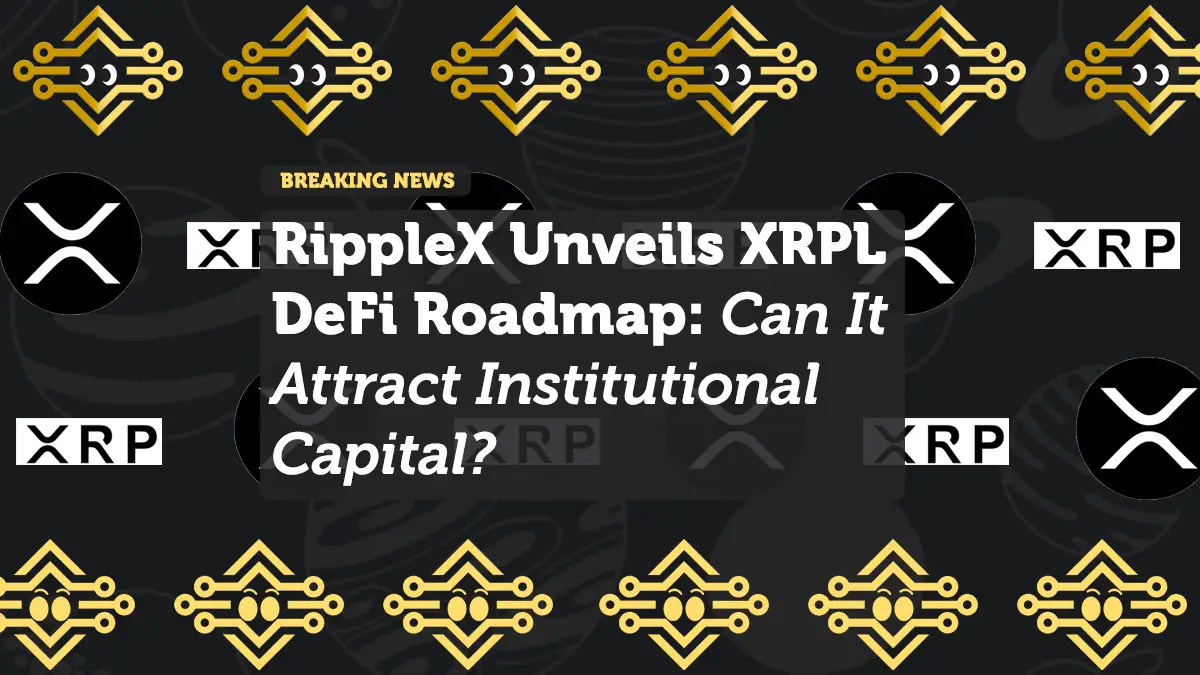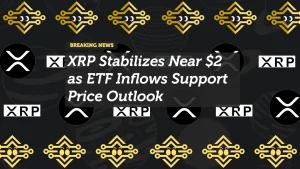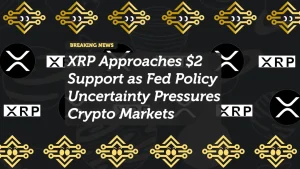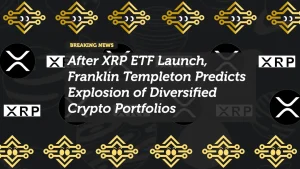
RippleX Unveils XRPL DeFi Roadmap: Can It Attract Institutional Capital?
RippleX has officially revealed the XRPL DeFi roadmap, outlining the next phase of development for the XRP Ledger. The announcement highlights Ripple’s ambition to transform XRPL from a payment-focused blockchain into a competitive player in decentralized finance (DeFi). The big question now: will these upgrades finally draw institutional capital into XRPL-based ecosystems?
What the XRPL DeFi Roadmap Includes
The XRPL DeFi roadmap lays out several core initiatives designed to make the ledger a hub for decentralized finance:
- Liquidity enhancements: XRPL plans to expand its automated market maker (AMM) features and optimize liquidity pools.
- Institutional-grade compliance tools: These features aim to bridge the gap between regulatory requirements and on-chain activity.
- Cross-chain interoperability: RippleX is prioritizing integrations with Ethereum and Solana ecosystems to ensure liquidity and utility flow across networks.
- New tokenization frameworks: By supporting real-world asset (RWA) tokenization, XRPL seeks to attract banks, funds, and enterprise users.
RippleX emphasized that the roadmap is focused on institutional-grade DeFi, not just retail, positioning XRPL as a regulated yet decentralized environment.
Institutional Interest in DeFi: Why It Matters
Institutions have shown growing interest in DeFi, but security, compliance, and liquidity remain key barriers. According to a recent Goldman Sachs report, tokenized assets could reach trillions in market cap by 2030 if institutional confidence grows.
RippleX’s move comes at a time when XRP ETFs are being discussed in U.S. markets, further adding to institutional focus. If the roadmap delivers, XRPL could benefit from both DeFi adoption and ETF-driven liquidity.
Ripple’s Strategic Advantage
Ripple already has strong ties with financial institutions through its RippleNet payment network. This gives XRPL an edge, as it can leverage existing partnerships to onboard institutional users into DeFi. Unlike Ethereum or Solana, XRPL may be able to integrate compliance standards from day one.
This hybrid of institutional trust and open DeFi infrastructure could make XRPL a unique contender in the next wave of blockchain adoption.
Challenges Ahead for XRPL DeFi
While promising, the XRPL DeFi roadmap faces notable challenges:
- Competition from Ethereum and Solana, which dominate DeFi in both liquidity and developer activity.
- Liquidity fragmentation, as institutional users may prefer ecosystems with higher volume.
- Regulatory uncertainty, especially around XRP and how DeFi platforms comply with securities laws.
Still, RippleX’s proactive focus on compliance could position XRPL as a safer bet for cautious institutions.
Will Institutional Capital Flow In?
The roadmap’s success depends on execution and adoption. If XRPL DeFi products can demonstrate both scalability and security, institutions may see the ledger as a viable alternative to Ethereum or private blockchains.
Investors are watching closely, as capital inflows could spark new demand for XRP, potentially supporting a bullish price trend.
Conclusion
The unveiling of the XRPL DeFi roadmap marks a bold step for RippleX in expanding beyond payments. By building institutional-grade DeFi infrastructure, XRPL aims to carve a niche that balances decentralization with compliance. Whether this is enough to attract large-scale institutional capital remains the defining test.
















